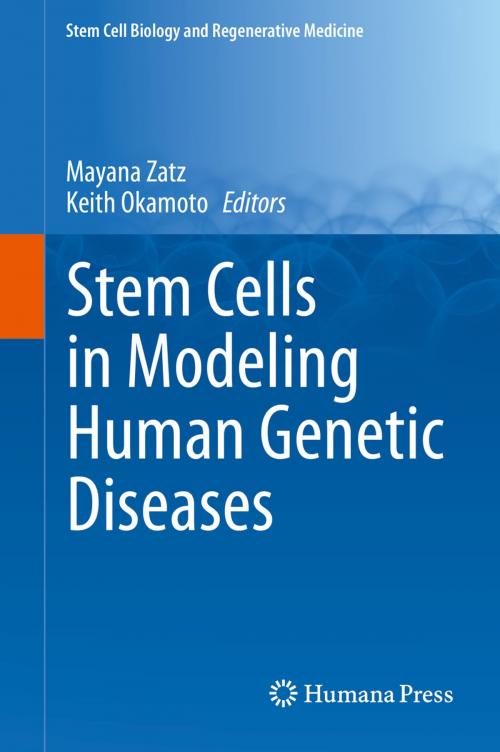Stem Cells in Modeling Human Genetic Diseases
Nonfiction, Science & Nature, Science, Biological Sciences, Cytology, Other Sciences, Molecular Biology| Author: | ISBN: | 9783319183145 | |
| Publisher: | Springer International Publishing | Publication: | August 11, 2015 |
| Imprint: | Springer | Language: | English |
| Author: | |
| ISBN: | 9783319183145 |
| Publisher: | Springer International Publishing |
| Publication: | August 11, 2015 |
| Imprint: | Springer |
| Language: | English |
While most stem cell books focus on basic aspects and/or cell therapy, this book emphasizes the relevance of stem cells obtained from patients, the so-called “patients in a petri dish” as tools to investigate human genetic diseases for which there are no available effective treatment. Chapters embrace several examples of the use of iPS cell technology, a recent Nobel Prize-winning scientific breakthrough, to obtain patient-specific pluripotent cells from which many types of specialized cells involved in a particular disease can be generated, including psychiatric and neurodegenerative disorders, muscular dystrophies, laminopathies, among others. The text is a current and timely resource for postgraduate students, scientists and clinicians, interested in applications of this rapidly developing field of research in disease modeling, drug development, and emerging issues that it brings to regenerative medicine.
While most stem cell books focus on basic aspects and/or cell therapy, this book emphasizes the relevance of stem cells obtained from patients, the so-called “patients in a petri dish” as tools to investigate human genetic diseases for which there are no available effective treatment. Chapters embrace several examples of the use of iPS cell technology, a recent Nobel Prize-winning scientific breakthrough, to obtain patient-specific pluripotent cells from which many types of specialized cells involved in a particular disease can be generated, including psychiatric and neurodegenerative disorders, muscular dystrophies, laminopathies, among others. The text is a current and timely resource for postgraduate students, scientists and clinicians, interested in applications of this rapidly developing field of research in disease modeling, drug development, and emerging issues that it brings to regenerative medicine.















